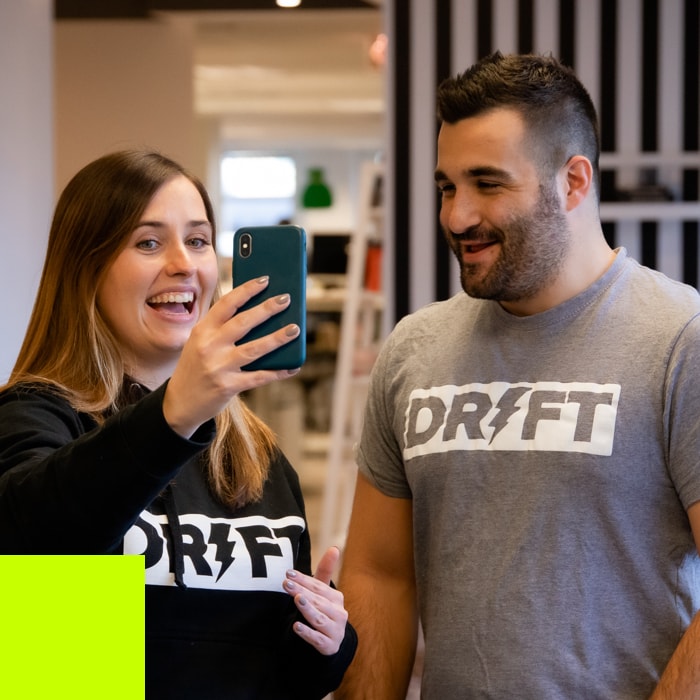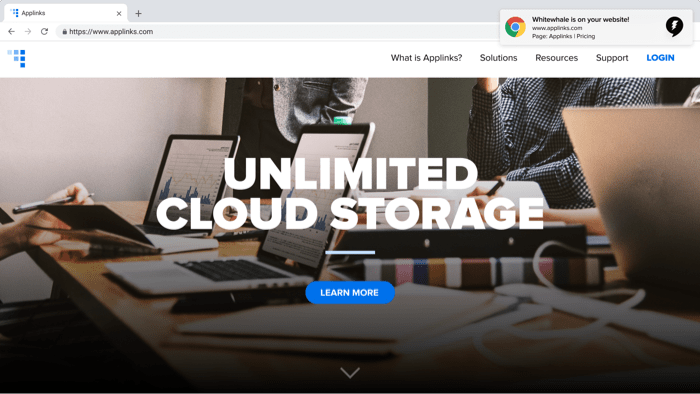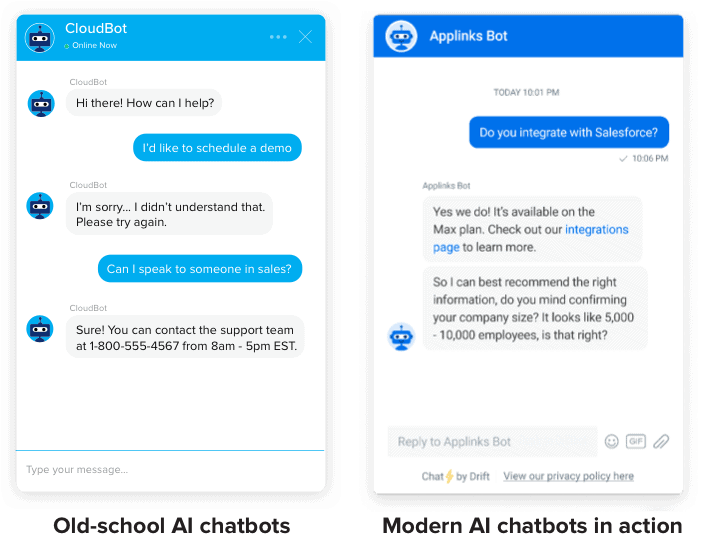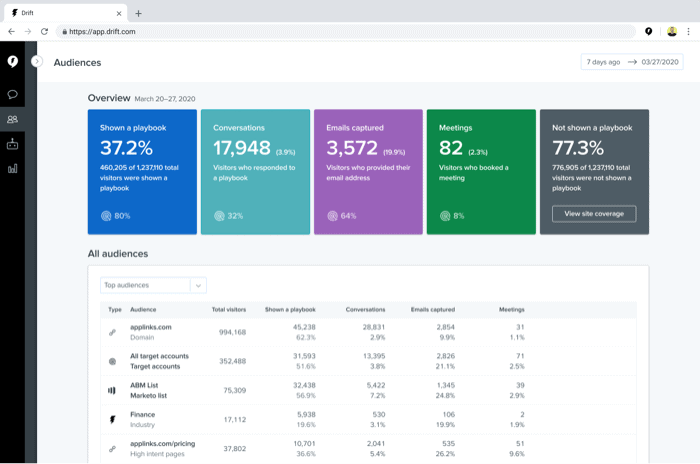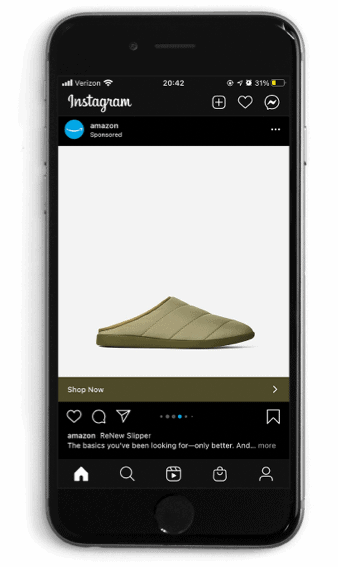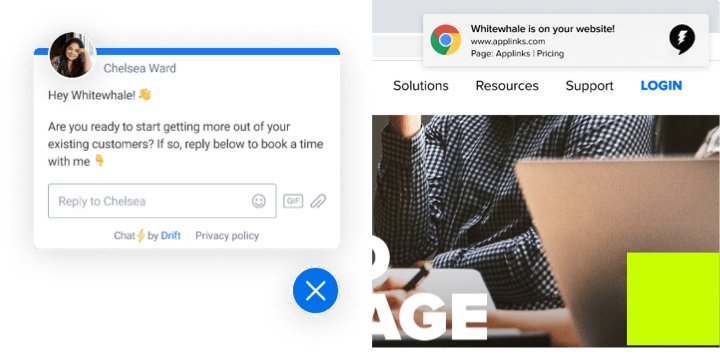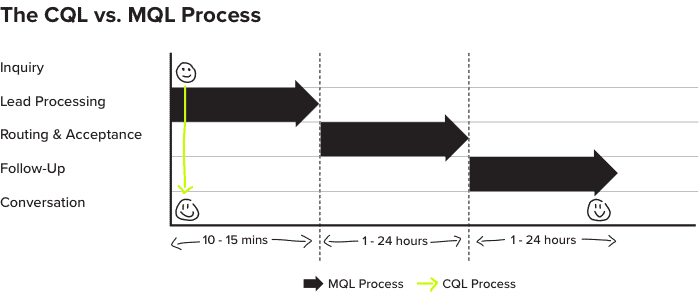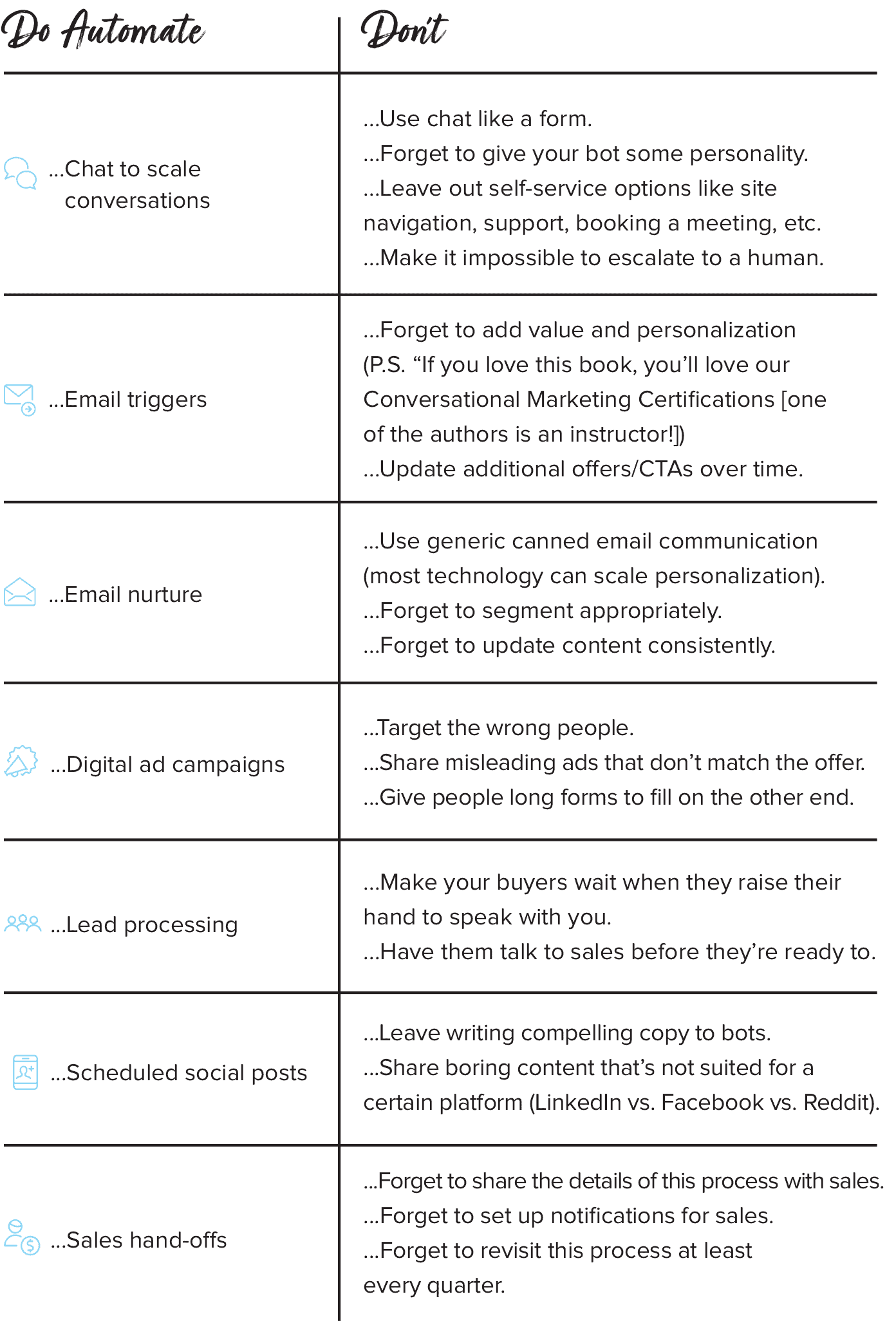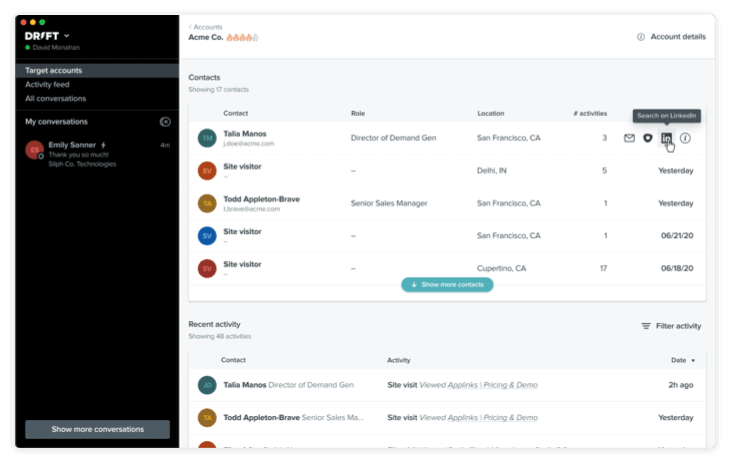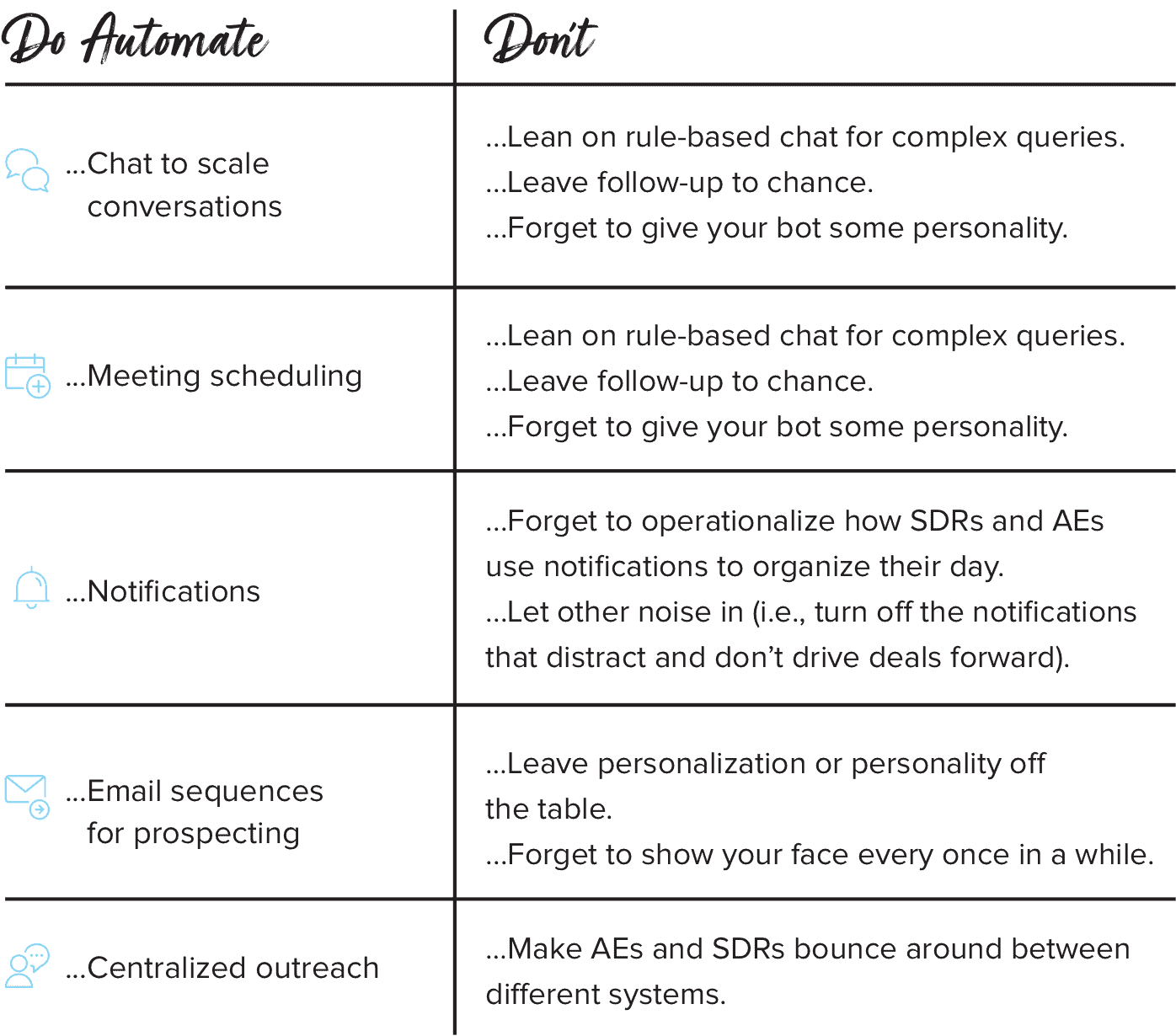Back in 1927, store owner Jefferson Greene came up with a novel idea. In the heat of Dallas, Texas, Greene ran The Southland Ice Company. The store sold large blocks of ice used to keep food cold in people’s refrigerators. It was open 16 hours a day, seven days a week – unlike many of the local grocery chains nearby.
Jefferson’s new idea was simple: Sell a few grocery items like milk, bread, and eggs, especially during later hours. The idea took off. Multiple locations later, The Southland Ice Company extended its operating hours from 7 am to 11 pm, and rebranded themselves with a more fitting name: 7-Eleven.
It would take years before 7-Eleven rolled out their 24-hour model. Once they did, the concept of the “always-on business” spread like wildfire. Still, Jefferson had to make some strategic changes to accommodate the long hours. He hired more employees, introduced new work shifts, and grew supply orders to keep up with demand.
Today, with the advent of new technologies, 24/7 businesses are becoming the norm. But, despite modern conveniences, B2B companies (unlike many in B2C) have been slow to adapt to our real-time realities. And nowhere are these pitfalls felt more than in B2B sales and marketing strategies – where old funnels, old go-to-market (GTM) processes, and antiquated SLAs (service-level agreements) still run rampant.
The Buyer is in Control
Today’s buyers have access to more resources than any other generation before them. Much of the buying journey is now complete before a buyer even talks to sales. If your buying process proves too difficult, almost 78% of buyers will move onto a competitor brand. According to Drift’s State of Conversational Marketing report, this includes buying experiences that are too:
- Salesy: 50% of buyers chased by sales are not a good fit.
- Irrelevant: 53% of buyers feel frustrated by receiving too many irrelevant ads and emails from B2B companies.
- Slow: 46% of buyers say they expect a response within 5 seconds or less when using a chatbot.
To give buyers the experience they want, B2B businesses need to retire sales and marketing SLAs and processes that don’t put the customer first and embrace new technologies that deliver quality solutions – with speed.
Sales and Marketing SLAs: Trade Quantity for Quality
Unfortunately, the B2B marketing and sales model we’ve relied on for years was built for quantity, not quality or speed. Marketing Qualified Leads (MQLs) were introduced as part of the “spray and pray” inbound marketing model that sacrificed buyer experiences and sales effectiveness for lead generation.
To solve lead quality issues, marketing is shifting away from focusing on MQLs alone to account-based marketing (ABM). ABM takes a more targeted approach to marketing. But whether it’s an MQL or MQA, a critical problem remains: Both MQL and MQA lead processing rely on the same delayed experience for buyers. But technology is catching up.

The Technology Powering Always-On Businesses
Martech has evolved rapidly over the years, giving businesses of all sizes access to automation and artificial intelligence (AI) to scale real-time engagement, automate time-consuming manual tasks and outreach, and so much more.
Conversational Marketing and Conversational Sales use automation and AI to help buyers buy and sellers sell without time delays and other limitations. They remove the need for slow MQL processing and delayed lead routing, and move buyers through the funnel – and towards solutions – faster. These innovations also enable businesses to engage with buyers and customers 24/7/365.
Which leads us to where we are today: 95% of businesses reported that the 2020 pandemic sped up their digital transformation strategy by more than six years. The impact on B2B marketing and sales has been swift, with many finding remote and digital alternatives a welcome change. More than one-third of B2B buyers and sellers prefer digital self-serve and remote human engagement over in-person interactions.
Here’s what that means for your business:
SLAs are Obsolete & the Time to Change is Now
SLAs are a commitment between a service provider and their client and cover the availability and responsibilities of the two parties. In a “sales and marketing” SLA, marketing is the service provider and sales is the client.
At this point, alarm bells should be going off in your head. Because there’s an inherent problem here:
- Marketing shouldn’t have to “force” sales to follow up with buyers. Sales should want to follow-up with buyers.
- Sales shouldn’t view marketing as a service provider they can pin all their problems on. Marketing is their partner.
In a world where businesses and buyers can connect 24/7, sales and marketing SLAs have become obsolete. Buyers are no longer willing to wait days to speak to you. Companies can no longer afford to delay these conversations due to complicated lead-processing. In a digital world where automation and AI can process millions of conversations a second, no one should be waiting in line anymore. Whether they’re a non-ICP website visitor or a buyer from your dream account.
To adapt, B2B businesses need to focus on action. They must embrace new technologies that will scale their digital marketing and sales. And they need to arm these teams with best practices and roadmaps to drive accountability and success in an always-on world. The SLA is now, are you ready?
